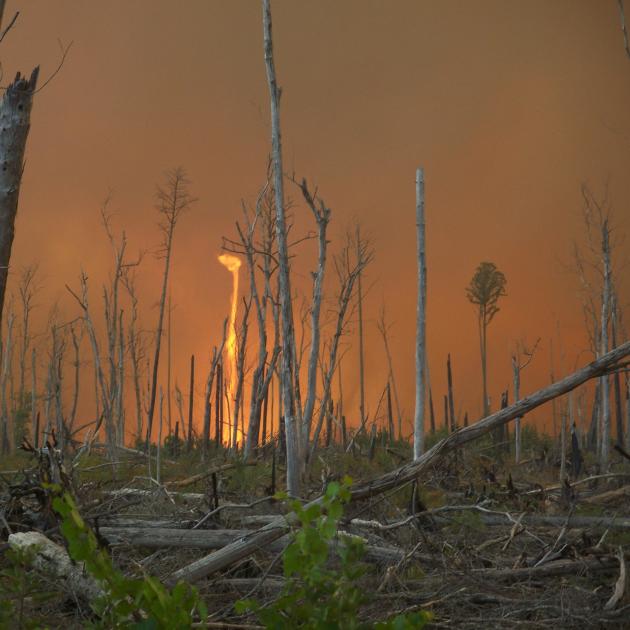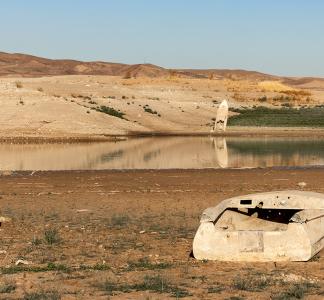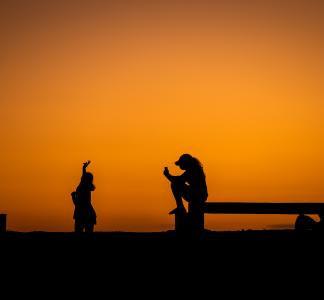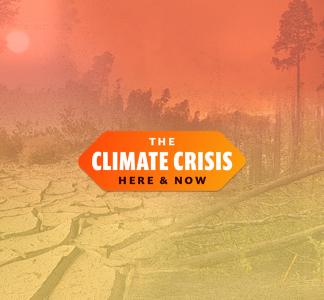Interactive: Public lands can fuel or help to fight climate change
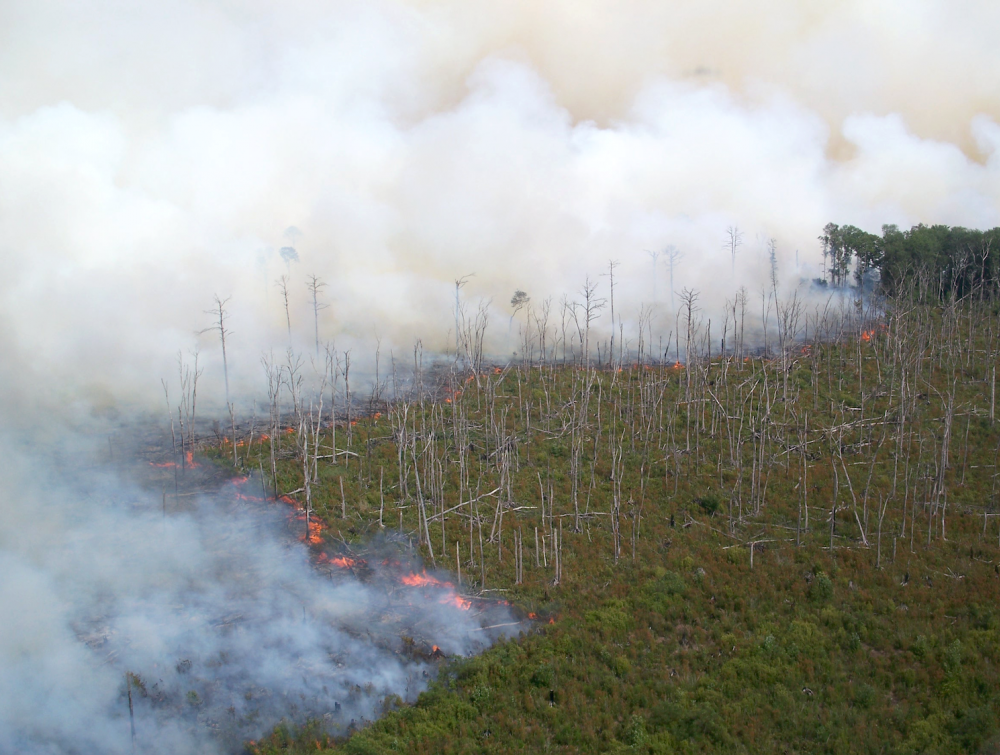
In 2011, a wildfire burned through the Great Dismal Swamp National Wildlife Refuge and released carbon into the atmosphere as a greenhouse gas.
Greg Sanders/USFWS
Story connects the dots between public lands and the climate crisis
Can public lands help to solve the climate crisis? Our new interactive story answers that question with a series of maps, videos and stories.
As global temperatures continue to rise and climate change impacts become more severe—including wildfires, droughts and storms—what we do in the next decade matters. Federal public lands can continue to contribute to the climate crisis, or, if better managed, help to slow it down.
Climate change is one of the most universal environmental and social justice issues of our time. The health and well-being of current and future communities, wildlife and our planet are at stake. For too long, public lands have been predominantly managed to benefit a handful of corporate industries via harmful resource extraction like logging, mining and drilling.
These exploitative uses expose communities to dirty air and water pollution, harm our health and contribute to the climate-changing emissions that cause extreme weather. And systemic racism puts Indigenous communities and Black and Latino people at the center of these injustices.
But it doesn’t have to be this way.
In the United States, the places we know as public lands can and should be a critical part of the solution to the climate crisis. Public lands and waters provide critical natural infrastructure to buffer communities against the most severe effects of a changing climate, naturally absorb and store climate-changing emissions, support the responsible production of renewable energy and give us the opportunity to connect with nature and the many health benefits it provides.
The time has come to reimagine how public lands can support a more just, equitable and sustainable future. Explore our interactive story to learn about how public lands can help.
Public lands & the climate crisis: Drought
James Marvin Phelps/Flickr
Public lands & the climate crisis: Extreme Heat
Alexandre Saraiva Carniato/Pexels
Extreme weather is battering national parks, forests and other public lands
Dried mud at Joshua Tree National Park by Brad Sutton, NPS; Hurricane Sandy storm damage at Chincoteague National Wildlife Refuge by USFWS, Flickr; Las Conchas Fire by Jayson Coil, Flickr; Sun by Johan Elder, Flickr
